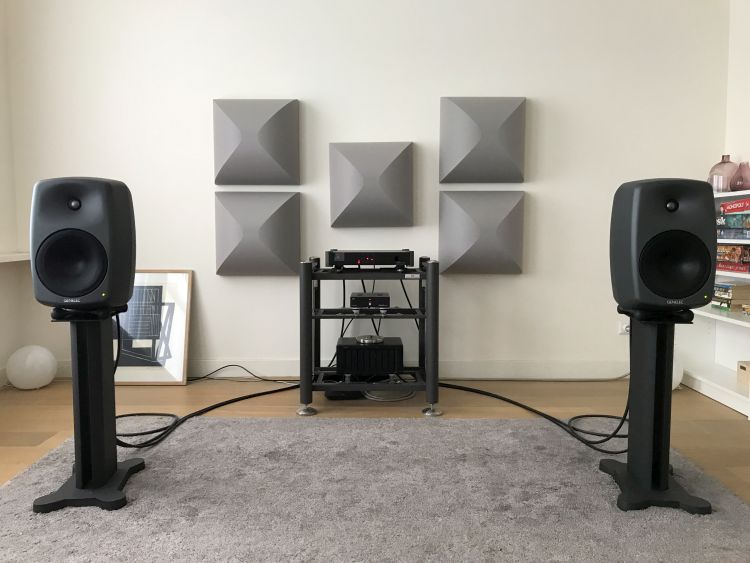
Review samples supplied by R.T.F.S.
Retail prices in the NL including 21% VAT: 249,90 Euro per unit
Back Story
Two years ago, in 2018, the Wilson Audio Watt/Puppy 8 speakers that I used at that time triggered a thorough reassessment of my room acoustics. While blessed with prodigious bass these speakers were cursed with two bass reflex ports per speaker that energized my room precisely the wrong way and this made me turn to Ben van Leliveld’s AcousticMatters service. Ben measured my room and found excessive bass peaks as well as dips which were addressed by strategically adding four R.T.F.S Big Block bass traps to the room. For a detailed report of these tuning sessions, read the extended review.
These large yet lightweight and unassuming units are working so well that I can’t imagine ever parting with them. But this review is not about the Big Blocks. It’s about the R.T.F.S SiRRAH diffusers/absorbers. As part of the aforementioned tuning sessions, I also experimented with these units and while they were clearly impressive, the situation at that time called for Big Blocks only. But now, it was time for a re-assessment.
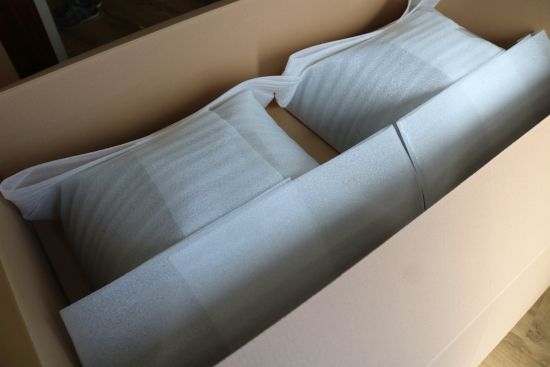
The SiRRAHs arrived in double-layer carton boxes with the modules carefully wrapped in a double layer of foam
SiRRAH Description
Uniquely, the smartly designed SiRRAH units have a twofold function. They combine the advantages of a diffuser with those of a bass/midrange absorber. Given their relatively small size, they are actually remarkably effective as bass and midrange absorbers. Having made direct comparisons, I would say that a single SiRRAH is almost as effective as a single, twice-as-large, GiK 422 panel. The SiRRAH modules achieve diffusion with their curvy shape which is painted with a proprietary coating that the company calls BreaCoat. This coating is only permeable to sound from the lower midrange down and thanks to this, the SiRRAH only acts as a diffuser in the midrange and treble. Medium and low frequencies penetrate the coating, where the core absorbs it. This is particularly important on the wall behind the speakers, as they emit more bass than high-frequency energy from the rear. This property allows the SiRRAHs to do their work while avoiding killing the ambiance as so many absorbers do.
A diffuser is typically used to disperse incoming sound waves in order to enable clearer focus, better imaging, better soundstage layering and to eliminate (flutter-) echos. According to the manufacturer, most conventional diffusers only develop their full effect from a distance of approximately 2.5 meters. With the SiRRAH, however, R.T.F.S. has succeeded in reducing this distance to less than one meter and this allows the units to be placed very close to the listening position.
Scene Change
Not too long ago, I changed from the Wilsons via Kroma Audio Carmens to Magico S1 MkII and Martin Logan ESL15A loudspeakers and the Martin Logan dipoles, in particular, behave very differently from the Wilsons and that’s what spurred my renewed interest in the SiRRAHs. But rather than starting with addressing these issues that are very specific for my room and speakers, I will leave that for part 2 of this review and will now change scenes to a more typical listening environment with more typical room issues. Let’s see how the SiRRAHs work in audio buddy Jeroen’s setup.
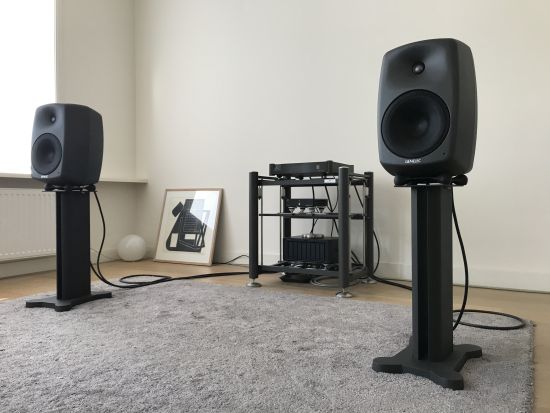
Jeroen’s Setup
Jeroen likes not to have too much furniture and he prefers his walls clear of ornaments. Being quite a minimalist myself as well (except in the field of audio equipment;-) this is something I can totally relate to. The thing is, of course, that underdressing a room will inevitably lead to an abundance of reflections that will muddy the sound of an audio system. In the recent past, we have tried a couple of R.T.F.S Big Blocks in Jeroen’s room and while they worked very well, Jeroen felt that their appearance was too intrusive and chose to leave his room untreated. By pulling the speakers far into the room and sitting well clear from the rear wall, we minimized as much as we could, the negative influences of the parallel walls and the lack of damping.
Jeroen’s setup is fairly typical in terms of positioning but this particular component collection is quite unusual. It is the result of happy accidents (Bob Ross) and careful tuning. Genelec 8050’s are considered by many to be really great speakers for monitoring use but I would doubt that many audiophiles would even give them a second look. Nevertheless, what these speakers achieve when combined with Cardas Golden Reference XLR cables, a Wadia 25 DAC and a Bricasti M5 network player borders on actual high-end. Especially when Jeroen added an Artesania Exoteryc rack and I later demoed the Carbon Linear arms upgrade for said rack, we could not believe how truly spectacularly great this system performed. Granted, the rack is twice as expensive as the speakers but the combined system is still remarkably cost-effective. Given that I have reviewed and/or owned all of these components myself I am very familiar with them which makes Jeroen’s setup a trustworthy environment for this review.

Magnetic Mounting System
The way that SiRRAHs are mounted to the wall is genius in its simplicity. The rear side of each SiRRAH module contains a glued-on magnet strip that pairs magnetically with a flexible metal-particle-infused plastic strip that is fixed to the wall using a strong adhesive layer.
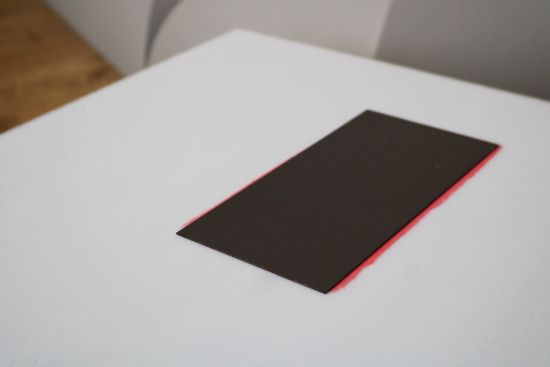
For temporal use and for experimenting, the wall-side strips can also be fixated using paint masking tape. The SiRRAHs is so lightweight that this method also results in a very reliable fixation. And when you’re ready to fix the strips permanently, the paint masking tape comes off with no problems.
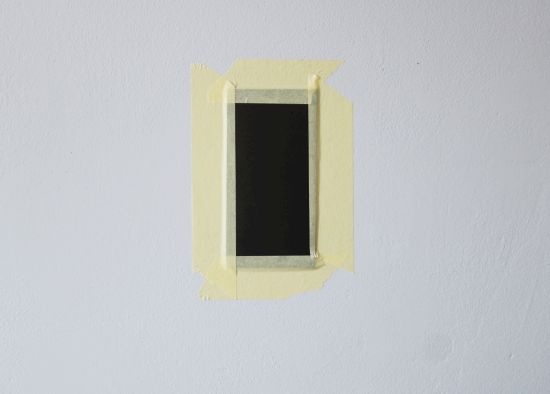
Another upside of using magnetic fixation as opposed to screws or something similar is that you do not need to worry about fixing the strips exactly level or even finding the exact positions because you can still freely move the SiRRAHs in all directions afterward.
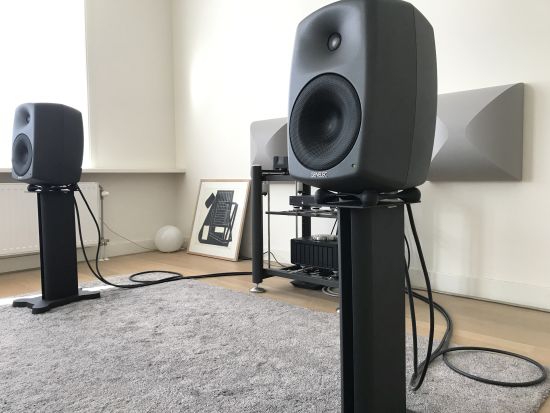
Listening
From earlier experience, I already knew that you need to address reflection issues precisely in the right spots which is why the R.T.F.S. Sirrah panel’s 48 x 48 cm format is ideal. When using them directly behind the listening position one needs to take their depth of 23 cm into account but otherwise, they are pretty unobtrusive and actually make for a tasteful work of art. Even Jeroen was pleasantly surprised!
Normally, one starts with two units, one left and one right at the points of the first rearward reflections. When the precise positions have been found you can work your way up using more SiRRAH modules to increase the impact until you get it just right.
As far as we were concerned, the impact of the room’s acoustics was already minimized as much as possible without resorting to acoustical treatment. And while I certainly expected the SiRRAHs to have audible results I absolutely did not expect these to be as profound as they would turn out to be.
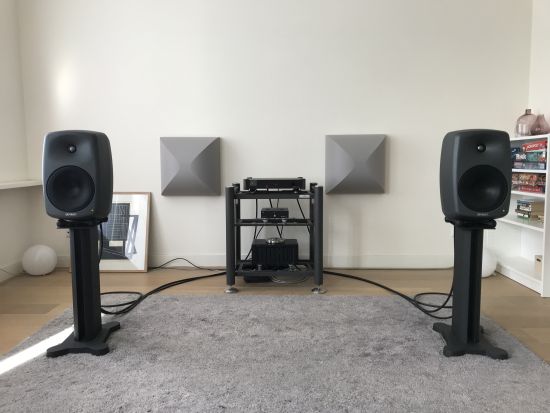
Step By Step
We started with the recommended positions using two SiRRAHs on the rear wall between the speakers and audio rack, precisely in the first reflection points. Bang! The improvement was immediate and substantial. The sound became calmer as well as more differentiated. Sounds coming from the far left or far right were now more isolated and easier to hear. Also evident was that we were now hearing more micro-details. Subtle sounds were all of a sudden crystal-clear as if they were previously hidden under a layer of haze. While at first, I missed the added sense of dynamics from the wall reflections, it only took a couple of tracks to realize that what I observed as “impact” was in fact false information. Further, although a sense of calmness can sometimes be an indication of reduced dynamics, the differentiation between soft and loud was now actually more profound than before.
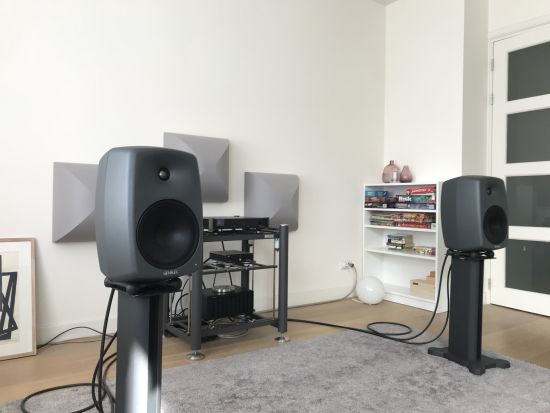
Adding a SiRRAH in the middle, right above the audio rack, instantly provided better a focus and again a reduction of what I by now identified as “wall sound”. R.T.F.S. describes the SiRRAHs as devices that can sonically remove the wall and they are not kidding!
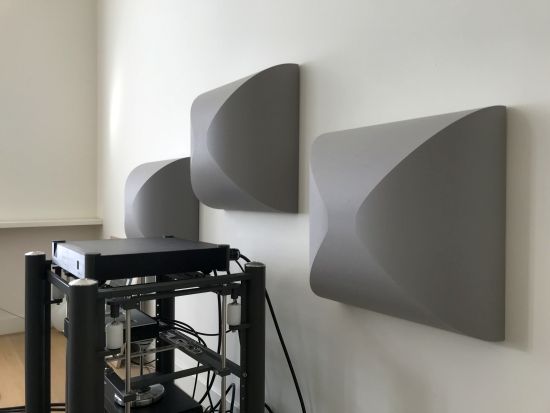
Listening closer I also noticed that the vocals not only sounded more isolated and more focused but also had greater depth as if coming from deeper in the mix and possessing a 3D body, whereas they were positioned more in line with the speakers’ front plane and appeared as quite flat before. Along with an increase in transparency and intelligibility, there was also an improvement in the way that changes in rhythm are perceived. Subtle shifts in speed were now easier to hear which made for a more engaging performance.
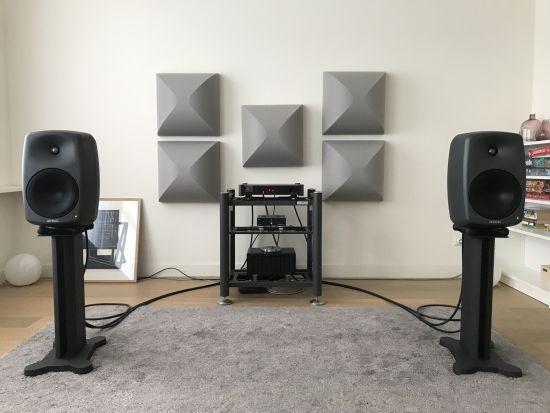
Super-content with the results so far, we figured that we probably had achieved the full extent of improvement possible with SiRRAHs in this room. But since I had brought two more units and I wondered if you could also use too many of them, we added two more in the left and right positions above the others. While the additional two units did indeed not seem to further help the soundstaging, focus, or the overall level of detail we were both taken aback when the bass drum kicked in and soon thereafter the standing bass. These two low-frequency instruments were now clearer and more isolated in the mix and from one another. So much so, in fact, that they came across as much more lifelike and realistic.
Wondering if we still needed the single center-position SiRRAH now that we had a vertical stack of two left and right we removed the center unit only to immediately hear the reverberant wall sound return. What I heard now was a great sound to the left and right mated to a muddying and reverberant effect in the middle, making the vocals indistinct, losing their focus and depth and once again getting buried in the mix. We were absolutely amazed at how each unit’s effect is so clearly audible.
In a final test, we removed the lowest left and right SiRRAH panels. Yup: back was that familiar wall sound, indeed, in the left and right positions, making bassy sounds boomier and less distinct.
Extra Benefits
Besides influencing how the audio system sounds, this room also has a tendency to add an annoying hardness and reverb during conversations. It’s nowhere near as bad as a fully empty room, but still, an almost subliminal yet secretly considerable amount of reverb tends to dilute the intelligibility and amplifies the intrusiveness of the sound of his kids playing in the other room. As we noticed already after adding two SiRRAHs, the sound of our own voices had greatly improved and we felt that we no longer needed to raise our voices quite as much as in the untreated room. Moreover, with the five panels in place, it was as if the room contained more furniture than it did. Pretty much all of the annoying reverb was gone, and importantly, without adding a deadening or dulling effect in any way.
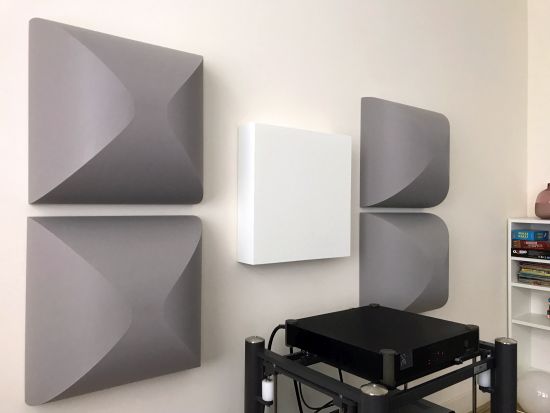
Carreau
Along with the SiRRAHs, I was also delivered a Carreau. Thanks to its compact dimensions, the Carreau enables targeted optimization of individual reflections. For instance, a nice and accentuating color or a camouflaging color. The units are available in white, black, red, grey (as reviewed) and brown and optionally even with a 24 Karat gold, white gold or palladium accent. With the same fine-pored RTFS acoustic foam as the basis as with the SiRRAHs, the Carreau works right down to the upper bass.
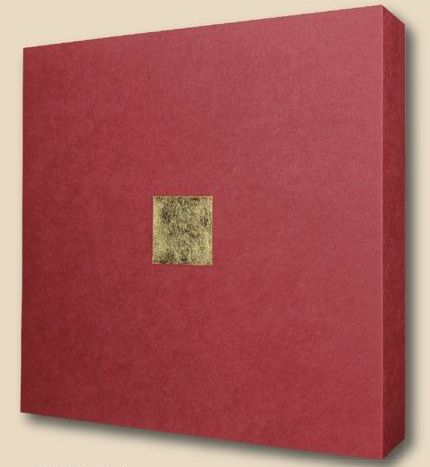
Carreau in red BreaCoat with hand plated 24-Karat gold application
Finished with a “softer” chemical recipe of BreaCoat than for SiRRAH, the Carreau panel’s finish has more structure, offering an impression similar to that of Alcantara and thus presents a nice alternative to the more usual fabric-covered units as seen elsewhere. Since the Carreau is covered with the same coating as the SiRRAH, all it seems to miss in comparison is the latter’s carefully calculated shape and that made me want to carry out a little experiment. While more specifically fit to be used on the side walls to kill first reflections I wondered if we could hear a difference between the Carreau and the SiRRAH when placed in the center position above the audio rack.
Oh yes, you better believe it! Amazingly, we both responded simultaneously to the observed differences and we immediately agreed that while the Carreau did as well a job as the SiRRAH at curing the wall sound and removing flutter echo, it was not as effective at lending focus, depth and body to vocals. Further, we both felt that the Carreau took away a portion of the coherence that the same-type SiRRAH brought to the performance. While the SiRRAH is more costly than the Carreau we both felt that it’s absolutely worth it.
Conclusion (for now)
The R.T.F.S. SiRRAHs are beautiful pieces of art that happen to drastically improve a room’s acoustics, or vice versa, depending on your views. They combine the benefits of absorbers and diffusers to provide excellent diffusion in the midrange and treble while simultaneously offering remarkably effective bass absorption. The panels are easy to fix and the results are easy to hear. Not only will they work wonders in untreated rooms, but the SiRRAHs are also likely to provide improvements in soundstaging and focus even in well-balanced, almost perfect rooms.
This concludes part 1 of the SiRRAH review. See also the next installment as I install the SiRRAHs in my own listening environment.

Manufacturer’s Comments
We have different chemical recipes and different techniques of application for BreaCoat. The harder BreaCoat recipe and the “technique for a smooth surface“give us the Coating for the Sirrahs with the effect as you described it. The softer chemical recipe of BreaCoat and the “technique for the rough surface“give us the BreaCoat as we see it on Carreau, Stripe, Cinepanel and Ceiling Vane. This layer is transparent for bass, midrange and lower treble. It reflects only a little high treble and improves bass absorption compared to the uncoated foam. The remaining high-frequency reflection avoids overdamping of rooms as you see it with so many fabric-covered absorbers.
More SiRRAH
External Links
Manufacturer’s website: R.T.F.S
Dealer for the Netherlands: ListeningMatters
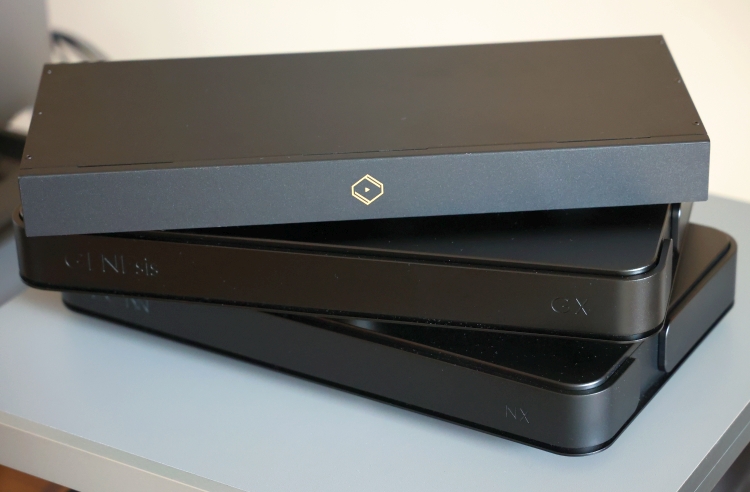
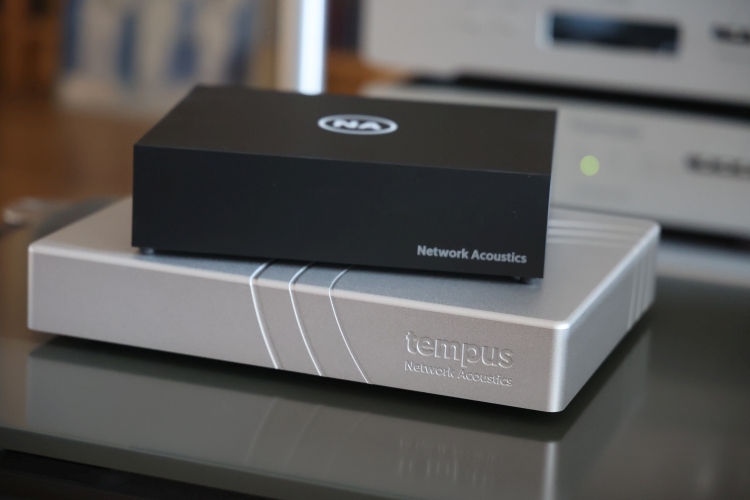

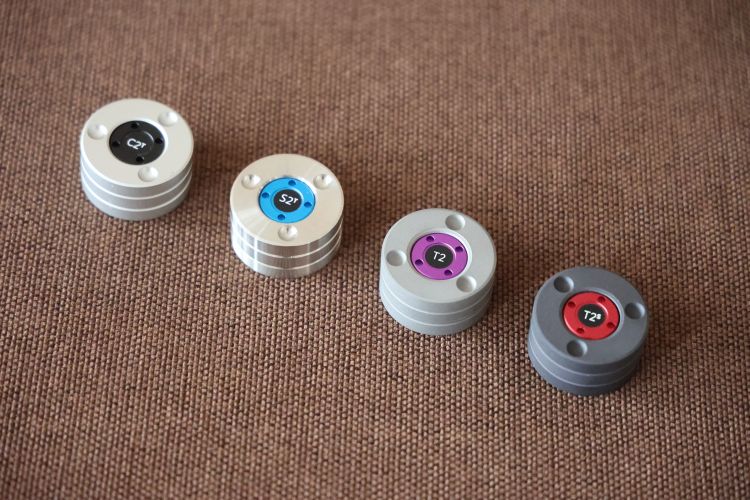
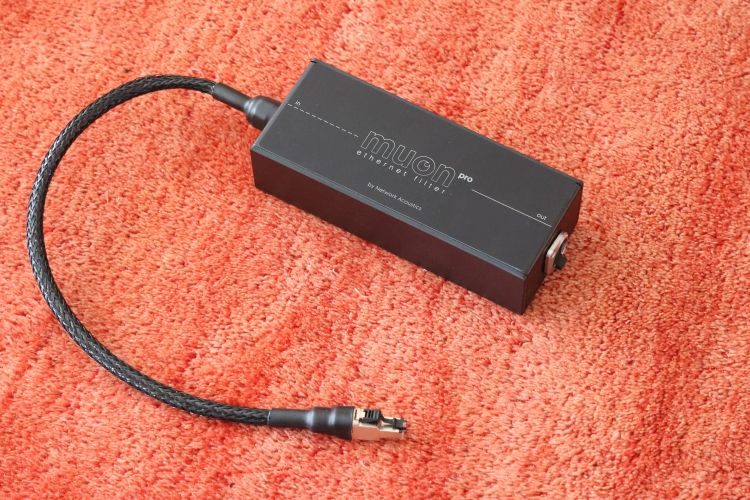
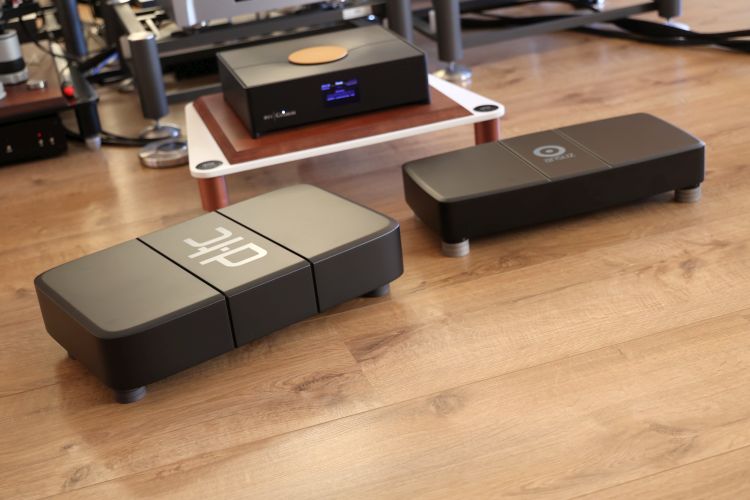
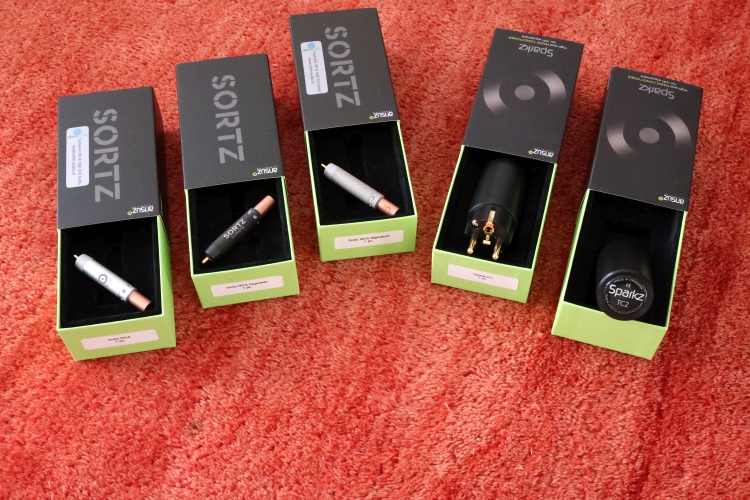
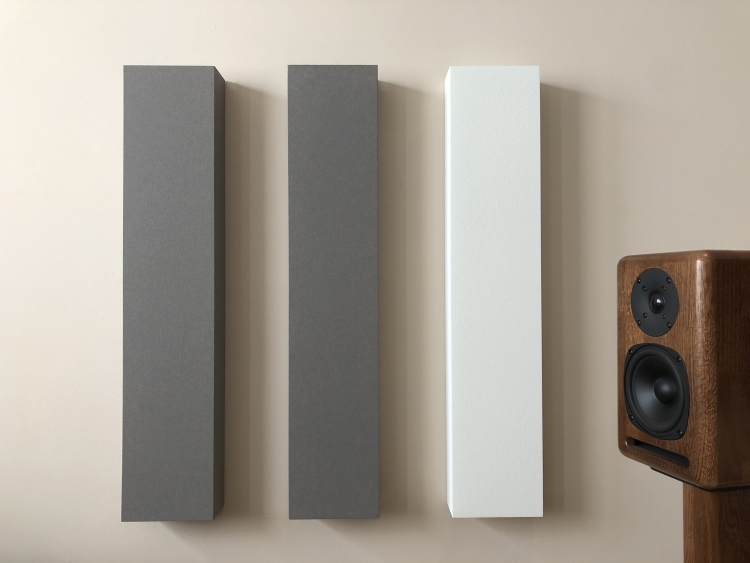
Christiaan,
Intrigued by your informative and enjoyable review (Pt. 1) of the SiRRAH diffuser/absorbers. Already thinking about trying them in my living/listening room (if R.T.F.S. will ship to Canada) but sadly, the wall behind my speakers is anything but flat. (How I envy you and Jeroen with your flat, featureless front wall!) In my room, large pillar structures intrude in both left and right corners; the centre and left side have windows from knee-level up; there is a door to the outside balcony that must remain accessible; and all these elements are asymmetrical to the listening axis.
I hope an array of SiRRAH devices will help mitigate these acoustic sins, but the biggest challenge for me is how to devise a temporary mounting system. Because it’s a shared, multi-purpose room and the window shades would not work with a permanent installation, the diffuser/absorbers and mounting hardware must be removable after each listening session. Fortunately, the wide window sills should support some lightweight stands.
Jeroen’s setup seemed remarkably responsive to each additional device and change in position. Your experiments in that area and description of resulting sound changes were really impressive. But are you confident 5 devices are optimum for his room? The R.T.F.S. photos of audio show setups all show three rows of 4 totalling 12 devices arranged behind the speakers. Perhaps those larger rooms needed more diffuser/absorbers?
Christiaan, you once reviewed the HOFA diffusers from Germany. How would the HOFAs compare with the SiRRAHS?
I am very curious to read Part 2 of this review, the experiments in your own room. Will you borrow a few more of the SiRRAHs and try a larger array? How would the SiRRAHs work mounted tight together without gaps between them? I am sure the Part 2 results will be interesting whatever happens.
Thanks for another excellent review.
Hi Lee, Glad you like the review. Maybe those irregular shapes are not all bad for your sound? Still, even adding 2 panels in the right places can already do A LOT. It’s just a matter of trying it for yourself. For my first testing I used a simple rack with wheels as supplied by Ben van Leliveld of Acoustic Consultancy Company Acoustic Matters and, more recently, also of audio store ListeningMatters. This rack made it dead-easy to apply 1-6 SiRRAH panels and maneuver them into position. The panels are very light btw. I’m not sure if the rack is something that the manufacturer supplied or if he devised it himself. I’ll ask Ben to respond. It shouldn’t be too hard to make something like this yourself, though.
Part 2 will be published in October. What I can tell you already is that my room is just as responsive as Jeroen’s but due to the different shape and my different speaker/listening seat placement, a different arrangement was required. As for the amount of panels to use: this depends on the situation. I just start with 2 and work my way up. From experiments in my own room, I found that you can have too few panels or too many. There is an optimum amount and optimum placement that ties in with many variables but when it’s just right, you will hear this quite easily. In Jeroen’s case, those 5 panels on his front wall were ideal. In my case (with speakers pretty much halfway into the room), I only need two in the center on the front wall and have 4 on the rear wall.
The HOFA panels do not compare at all. They were much less effective in terms of diffusion, added coloration (especially when using too many) and they did not have any effect at lower frequencies.
Hi Lee, to add to the above, the inter-panel proximity also depends on the situation. As it happens, they come closer together or are more apart, according to their individual required position. AFAIK, there is nothing against having the panels very close to one another but whether this is required depends on the situation. I will dive deeply into this in part 2 🙂
Hi Lee, the SiRRAH rack you see in the pictures on HFA and elsewhere as part of show coverage on the internet is made by Ben van Leliveld of ListeningMatters in The Hague.
Very nice review. However, there are still two issues that I would’ve liked being explained (by the maker mostly):
1. What is the frequency response of these panels. Are they really suitable to be used in first reflection points?
2. In most of the images I found online, these panels appear mounted on the some kind of metal rack. Any idea what are those and where can they be purchased from?
Thank you!
Hi Sebastian, for specs, please check the manufacturer’s website. All I can say is that they do indeed work in first reflection points and are even effective at distances under 1 meter. The rack you see in the pictures on HFA and elsewhere as part of show coverage on the internet is made by Ben van Leliveld of ListeningMatters in The Hague.